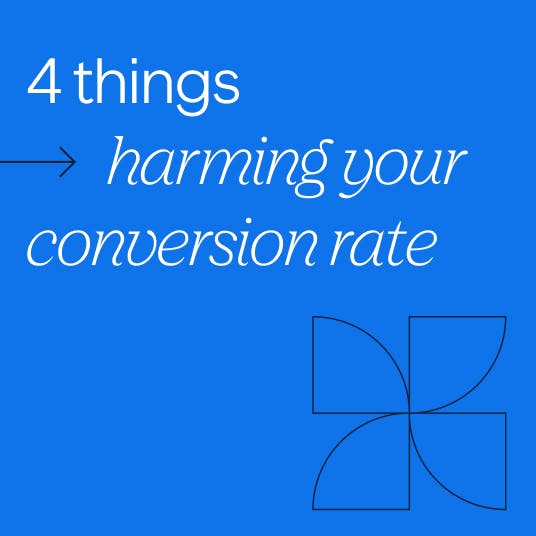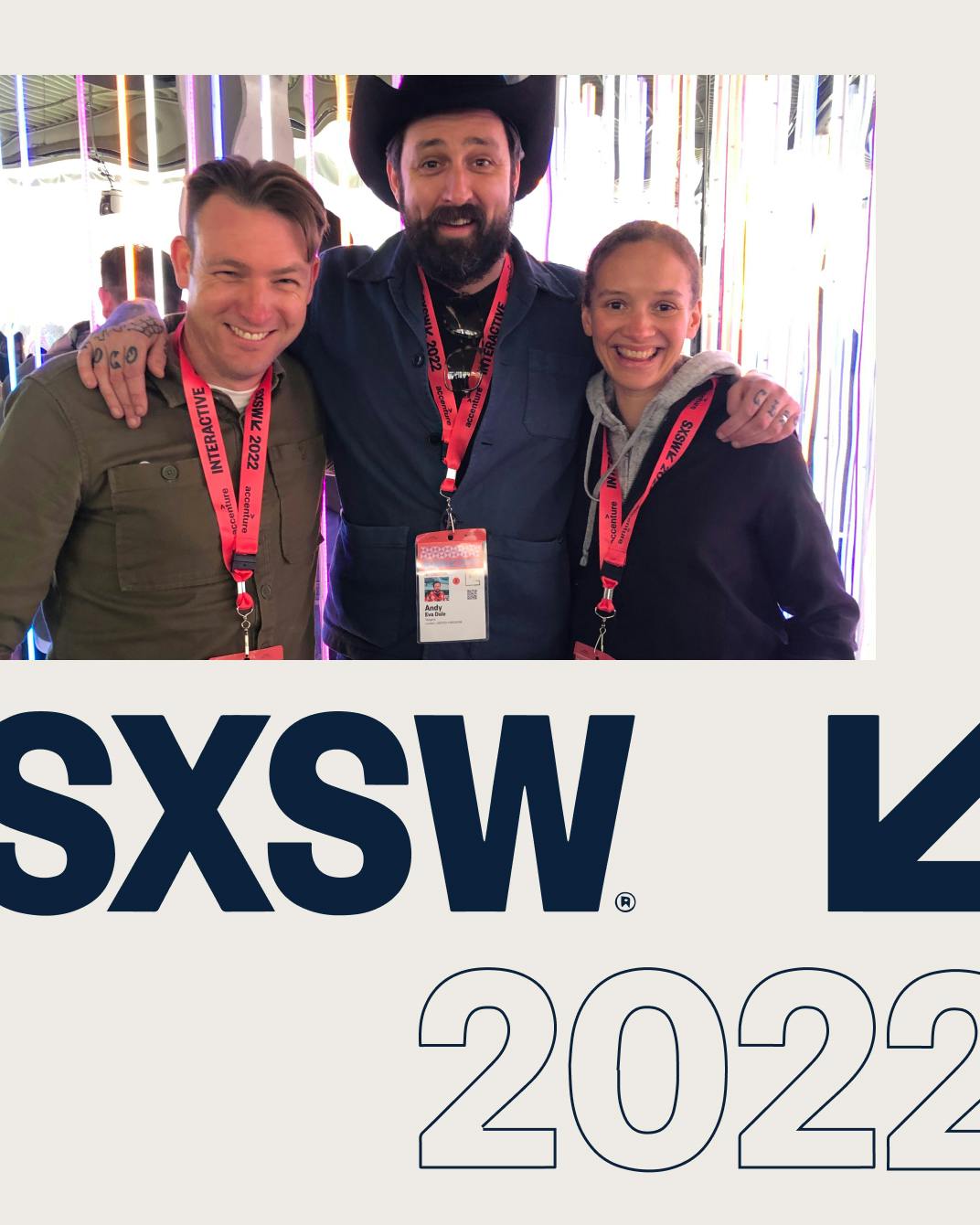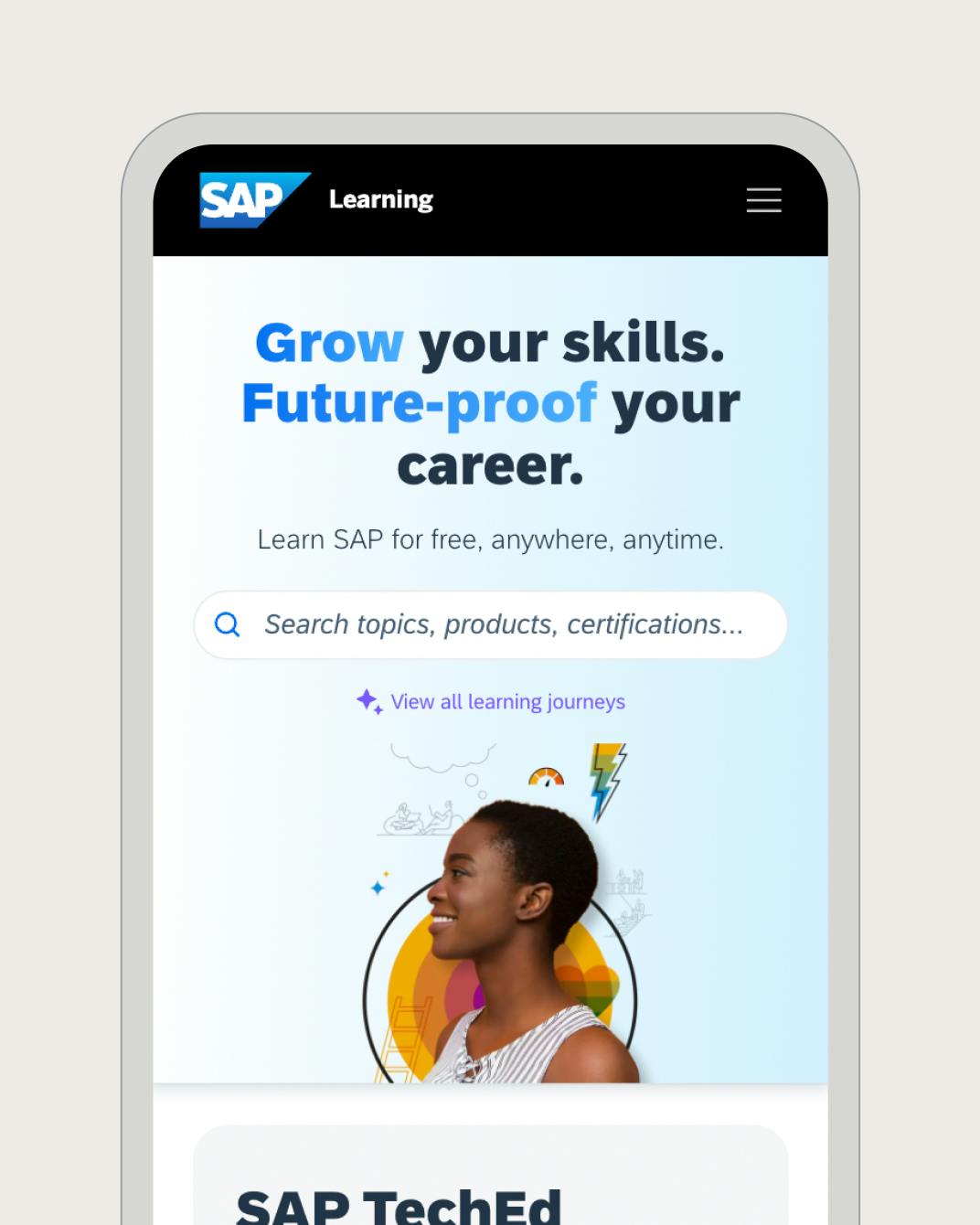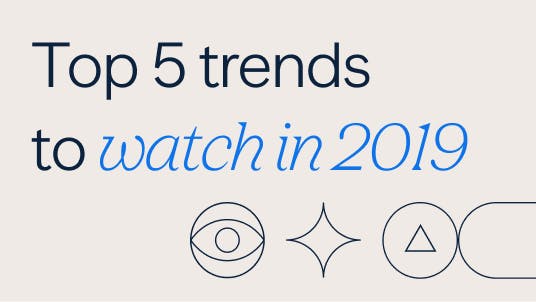
If there’s one thing I know it’s that human beings are complex and unpredictable.
When it comes to online shopping there are so many variables as to how, why and when people buy. Multiple paths to visiting your site and infinite distractions that cause them to flee just as they’re about to check out.
However, when you dive into the data, you’ll find common themes and barriers that most people will trip over.
There are four big areas in particular that – without optimisation – will cost you sales.
1 - Are you measuring the wrong data?
It’s surprising how many sites aren’t using data to its full capacity. If you want to know why customers aren’t converting, you have to get to grips with analytics.
The best place to begin is by looking at cart abandonment. This is a major conversion blocker that most companies struggle with.
Tools, such as Google Analytics, can help you see where in the buying process your customers tend to disappear.
Next up, you’ll want to analyse the difference in conversion rates across mobile and desktop.
Making sure your site displays well on popular screen sizes and offering mobile payment options are quick wins that can have a big impact on revenue and customer lifetime value.
Alongside Google Analytics, I recommend you use conversion rate optimisation (CRO) tools such as HotJar and Crazy Egg.
I also recommend you back this up with plenty of user testing. Rich takes you through the easy, step-by-step process we use at Tangent here: The Complete Guide to Remote User Testing.
2 - Is your site too slow to load?
Study after study shows that if your pages don’t load instantly, you’ll lose customers.
As far back as 2012, Amazon reported that one second of load site delay can cost them over $1.6 billion in annual sales.
The issue here is not just losing the sale, but losing customers for the long term – 79% of customers “dissatisfied” with a site’s performance are less likely to buy from them again.
The flip side is that if you improve your site’s performance and load time, you’re likely to see an uplift in site visits, sessions and sales.
A Google study showed that sites that load in five seconds (compared to those that load in 19) see 70% longer average sessions.
Crazyegg also discovered that speeding up a page by just one second boosted conversions by 7%.
However, speed isn’t everything. You could have Amazon-like load times but if a customer doesn’t trust your site or understand your product, it will all be in vain.
3 - Is there a lack of trust?
Today’s consumers may be too distracted to wait for your site to load, but they are also savvier than ever before.
If your products and services are difficult to understand, your site isn’t easy to use or doesn’t give the right signals, they’ll never buy. Ultimately, it’s a matter of trust.
As Crazy Egg put it in their Trust Marketing Guide; “Trust could easily be the least understood and the most essential element for increasing conversions and extracting the maximum value from your website. Trust is the tipping point that can catapult your brand to the top of your market.”
If you notice that you're getting decent traffic to your website but people are quickly bouncing, a lack of trust could be the problem.
There may be multiple reasons for this:
- Is your branding pitched in the right way for your audience or does it need updating?
- Do you have enough social proof such as reviews, testimonials or customer logos?
- Is it difficult for customers to find what they’re looking for?
Trustworthiness can be hard to measure with analytics and it’s difficult to be objective about when you live and breathe your site every day.
4 - Are you making things too complicated?
Finally, another problem we commonly come across is an overly complicated user journey.
While it’s important to give your customers all the information and options they need to make informed buying decisions, every extra step you add to the process will cause them to drop off.
Again, both analytics and user testing can help you identify these friction points and show you how to give customers what they need at each stage.
Although too big of a topic to address today, it’s also important to note that the user journey doesn’t just start and end on your site.
There are multiple paths to finding you – SEO, content marketing, social media marketing, paid ads – and customers may not buy the first time they visit.
Mapping your entire “conversion funnel” and improving the experience at each stage is key to longer-term optimisation.
Conclusion
Every customer’s journey is unique and there are infinite ways they can behave on the path to purchase.
However, there are common obstacles that get in their way and that are relatively easy to fix.
If you’re using real data to understand where your customers are getting stuck and taking steps to remove that friction, you’ll be miles ahead of competitors that aren’t.
As Brian Dean puts it in his definitive guide to Conversation Rate Optimisation:
“It’s easier to double your conversions than double your traffic. A simple tweak on a landing page can even 10x that page’s conversion rate. That’s why the ROI of conversion rate optimisation is off the chart”.
CRO is worth doing and worth doing right.



















